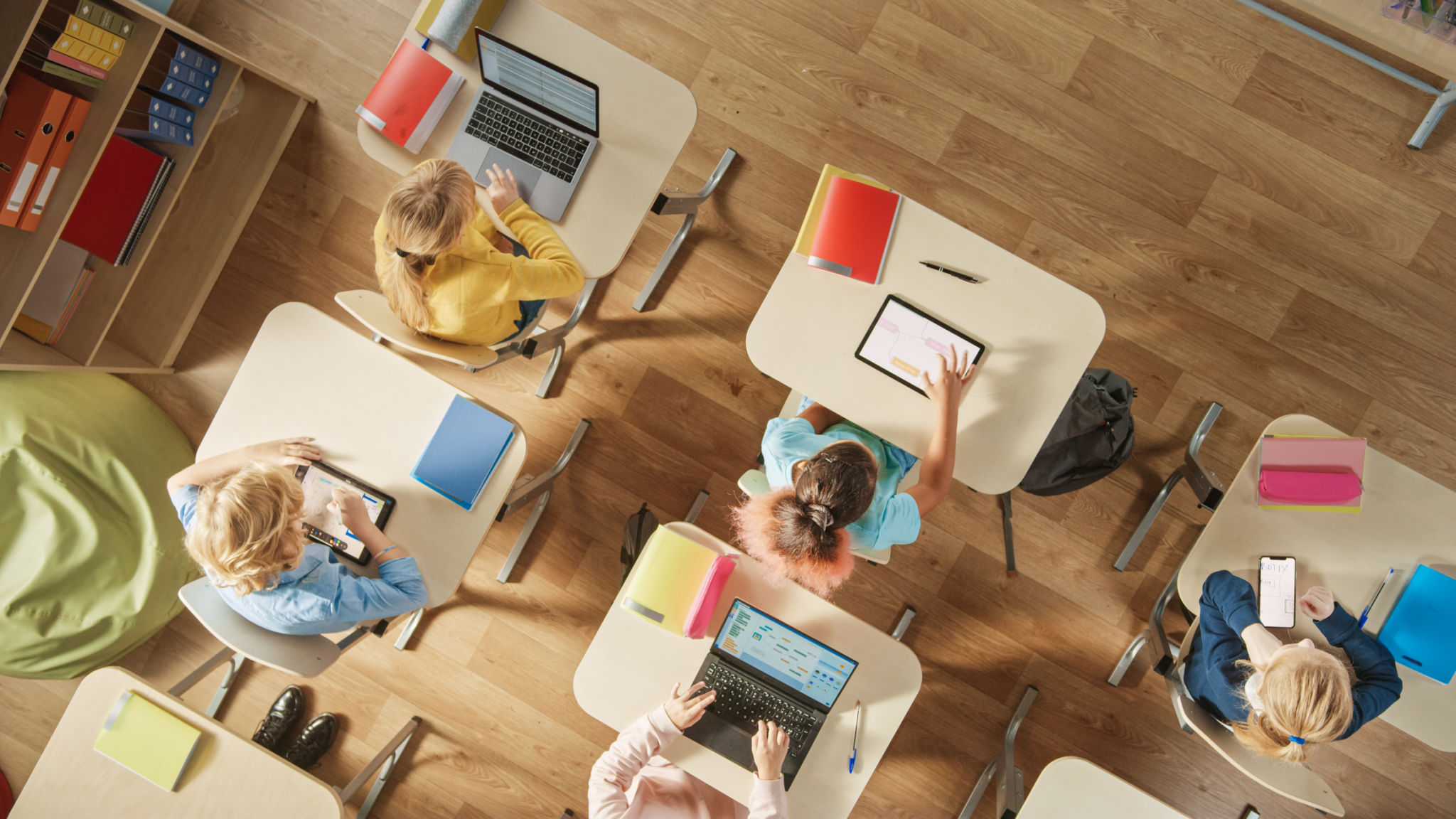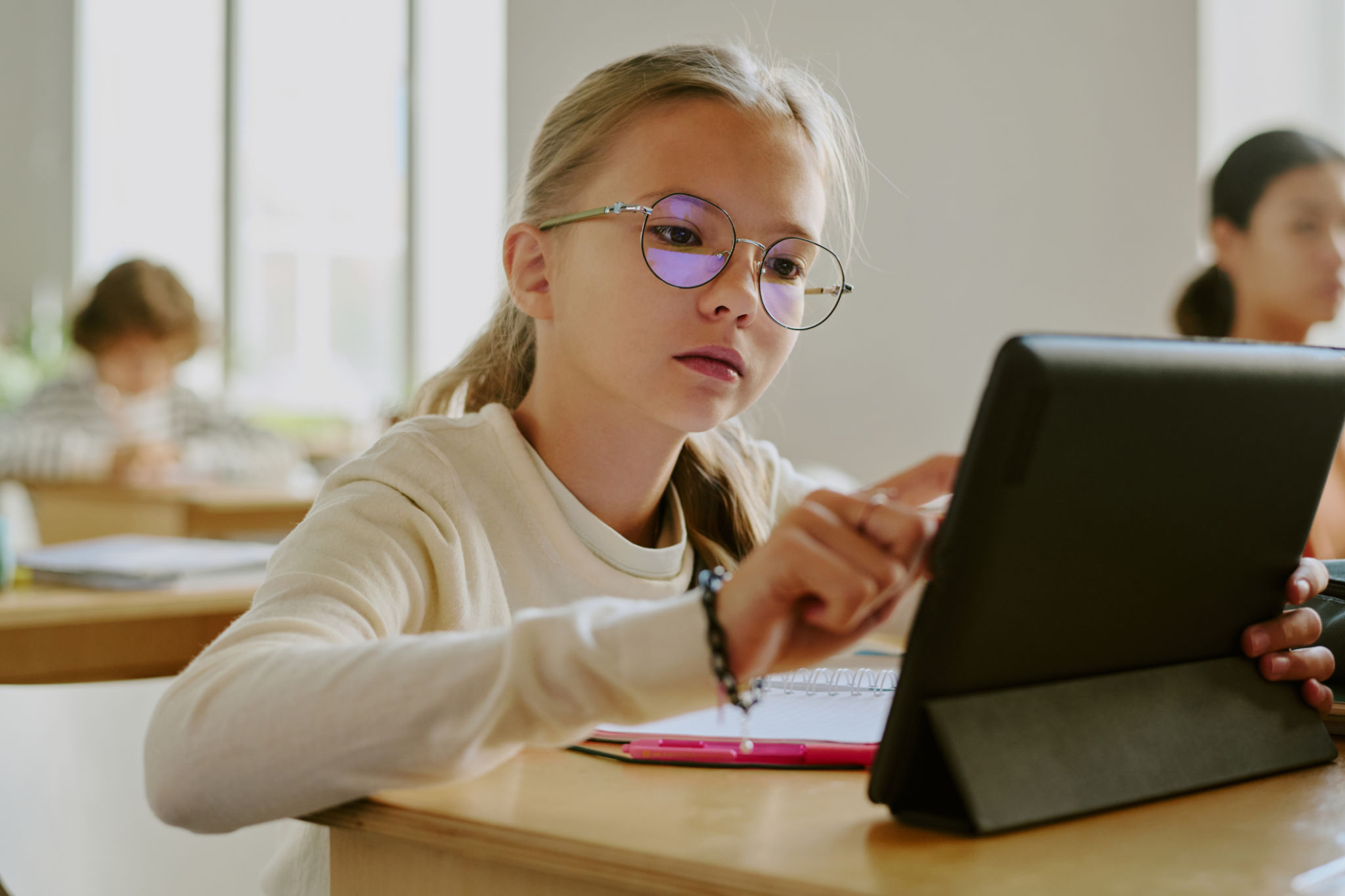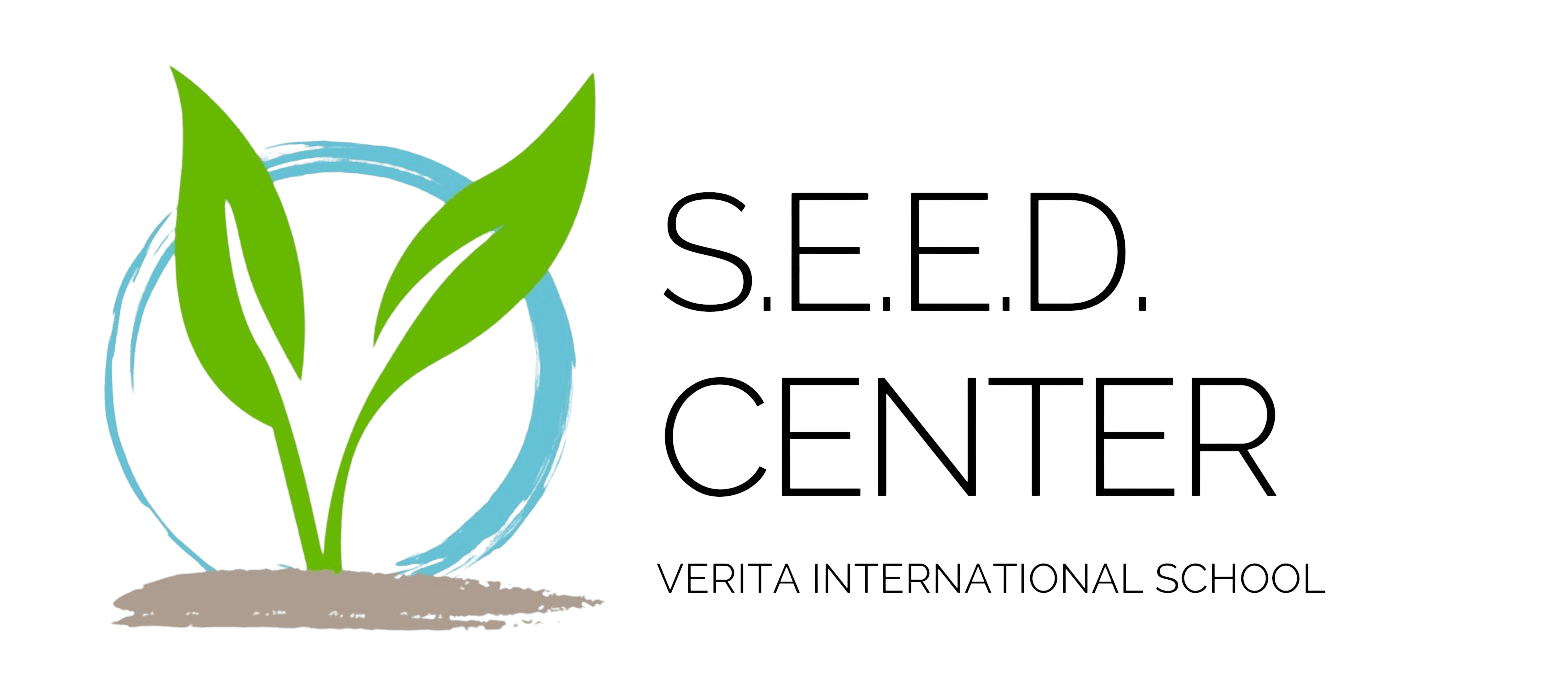Navigating Common Misconceptions About Modern Education
Understanding the Evolution of Modern Education
The landscape of education has undergone significant transformation over the past few decades. With these changes, numerous misconceptions have emerged, often clouding the true nature of modern education. It is crucial to address these misconceptions to appreciate the real value and potential of today's educational frameworks.

Misconception 1: Online Learning is Less Effective
A common belief is that online learning lacks the depth and rigor of traditional classroom education. However, studies have shown that online education can be just as effective when designed and implemented properly. The flexibility and accessibility offered by online platforms often provide students with personalized learning experiences that cater to their individual needs and learning styles.
Moreover, online education encourages the development of digital literacy skills, which are essential in today's tech-driven world. As technology continues to evolve, so too does the potential for enhanced interactive and engaging learning experiences online.
Misconception 2: Standardized Testing is the Best Measure of Success
Standardized testing has long been seen as a primary indicator of student success. However, this approach often fails to capture the full spectrum of a student's abilities and potential. Modern education systems are increasingly recognizing the importance of more holistic evaluation methods that consider creativity, critical thinking, and problem-solving skills.

The shift towards assessing a broader range of competencies reflects a more nuanced understanding of what it means to be successful in today's world. By moving beyond standardized tests, educators can better prepare students for the complexities of modern life and work.
Misconception 3: Technology in Education is Distracting
Another common misconception is that technology in the classroom distracts students from learning. In reality, when used effectively, technology can significantly enhance the educational experience. Interactive tools and digital resources can make learning more engaging and accessible, catering to diverse learning styles.
For instance, virtual reality and augmented reality tools offer immersive experiences that bring subjects to life, while apps and games can make complex concepts more understandable. The key lies in integrating technology thoughtfully and purposefully into the curriculum.

Misconception 4: All Students Learn Best in the Same Way
The belief that a one-size-fits-all approach to education is effective is another misconception. Modern educational research has consistently highlighted the importance of recognizing diverse learning styles. Personalized learning approaches allow educators to tailor their methods to suit individual learners' strengths, preferences, and interests.
This recognition leads to more inclusive and equitable educational practices, where every student has the opportunity to thrive. Emphasizing personalized learning acknowledges the uniqueness of each student, paving the way for more meaningful educational experiences.
Embracing a New Educational Paradigm
As we navigate these misconceptions, it becomes clear that modern education is not just about transferring knowledge but about fostering critical thinking, creativity, and adaptability. By understanding and addressing these myths, educators, students, and parents can work together towards a more dynamic and effective educational system.
By embracing the evolution of education, we prepare future generations for a world that values innovation, empathy, and lifelong learning. As we continue to challenge outdated beliefs, we pave the way for an educational paradigm that truly reflects the needs and potential of our times.
